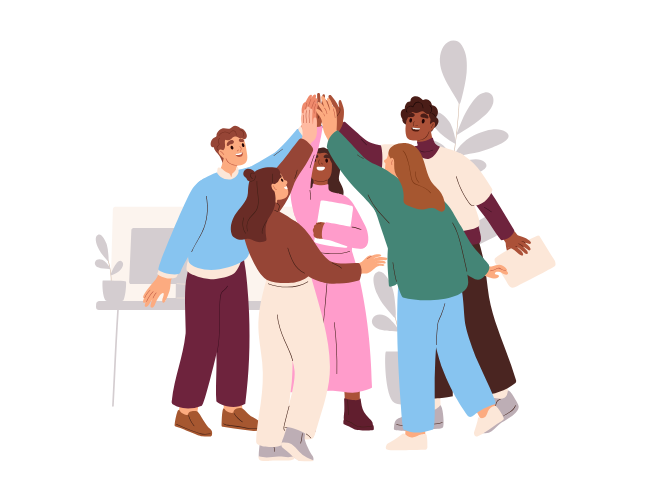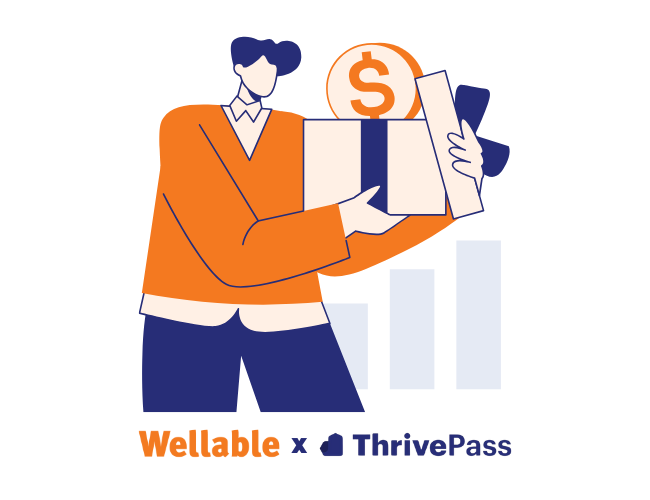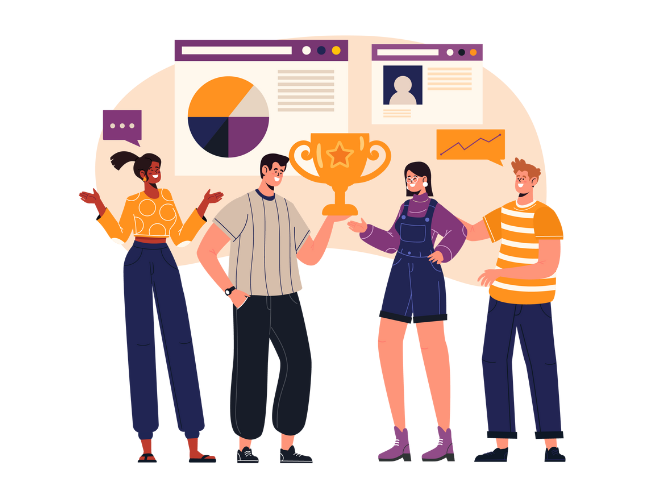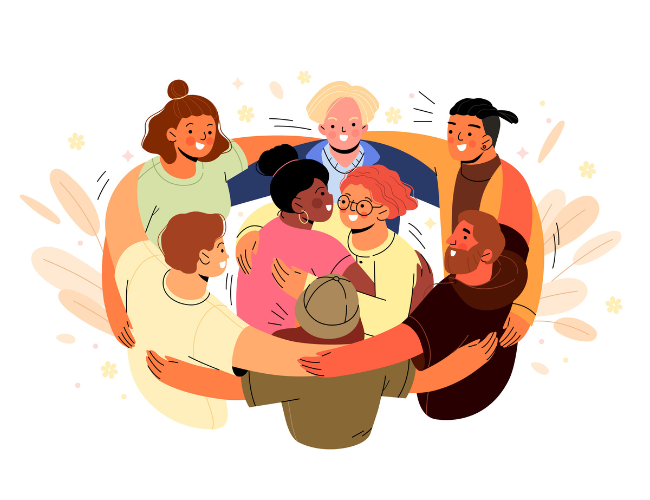If good friends are good for your health, best friends may change lives. In addition to increasing a sense of belonging and purpose, friends can boost happiness, improve self-confidence, help cope with trauma, and encourage positive behavior change. Prior to the pandemic, the workplace facilitated numerous lasting friendships. This is expected when individuals, who also happen to be working toward a shared goal, spend hours together each week.
“What distinguishes the work friendship is that there’s a product, that you’re actually creating something together.”
– Michael Lewis, Author
There is a magical feeling in work friendships, especially those formed during one’s early career. Whether it’s grabbing a drink after work or gossiping at someone’s desk, these personal interactions amidst a professional environment have short- and long-term impacts on employees’ lives (imagine individuals you know that met a spouse or found their next job through a work colleague).
Unfortunately, these early-career friendships have become an endangered species for those individuals that have yet to return to the office or are doing so on a limited basis. For many employees, especially managers, this problem may go unnoticed because it is much easier to maintain existing friendships in a virtual environment than create new ones. For employees new to the workforce, the concept of meeting a colleague in person is something they can only imagine.
In 1993, Gallup published a list of the 12 elements that a workplace needed. According to the research, employees should be able to affirm, “I have a best friend at work.” Being able to make this statement, which is something only two in 10 U.S. workers can answer with a strong yes, can mean seven times higher job satisfaction and lower cortisol in times of stress. It can also mean higher productivity and greater employee engagement. In short, workplace friendships are good for the employee and good for business.
Zoom ≠ Water Cooler
Employers who recognize the need to foster relationships in the workplace have tried to recreate in-person experiences virtually. Many offer virtual trivia nights, cocktail classes, and more. While valuable in helping to bridge the gap, employees, especially those who worked in an office prior to the pandemic, recognize something is missing.
Knowingly or unknowingly, many employers suffer from the Abilene Paradox, which is when “a group of people collectively decide on a course of action that is counter to the preferences of many or all of the individuals in the group.” One example is companies encouraging employees to have virtual lunches with each other when data suggests people want less time sitting in front of a video camera.
Employees longing for connection end up not expressing views about how these events do not fill the void, resulting in more virtual events designed to replicate water cooler talk. One reason these events do not build the relationships employers hope is because water cooler talks are typically impromptu discussions, not planned events.
Filling The Void
Some companies are bringing employees back into the office, allowing these work relationships to bloom. For those who are not, employees are filling the void through other means. For example, residential rental buildings, which are typically geared toward younger individuals, are adding co-working spaces to the list of other amenities, such as fitness centers and pools. The trend (workers who want to work remotely, but not necessarily from their living room couches or kitchen tables) highlights the personal connection that is missing from eight hours of each workday. Unfortunately, these amenities may only be available to higher end residences, leaving many employees without the resources to make lasting friendships in a professional environment.
There is no question that employers and employees are stuck between two options. On one side, the benefits of remote work are clear, and many employees want to have this flexibility. On the other hand, many employees are unaware of what they are missing and trying to fill their needs elsewhere, often unsuccessfully. It is hard to have both, but the closest thing to achieving this goal is hybrid work. Hybrid work arrangements create the opportunity to address both needs. While it is unclear what will be the predominant work arrangement in the future, it seems that hybrid work environments seem well-positioned to be the option of choice for many companies.












